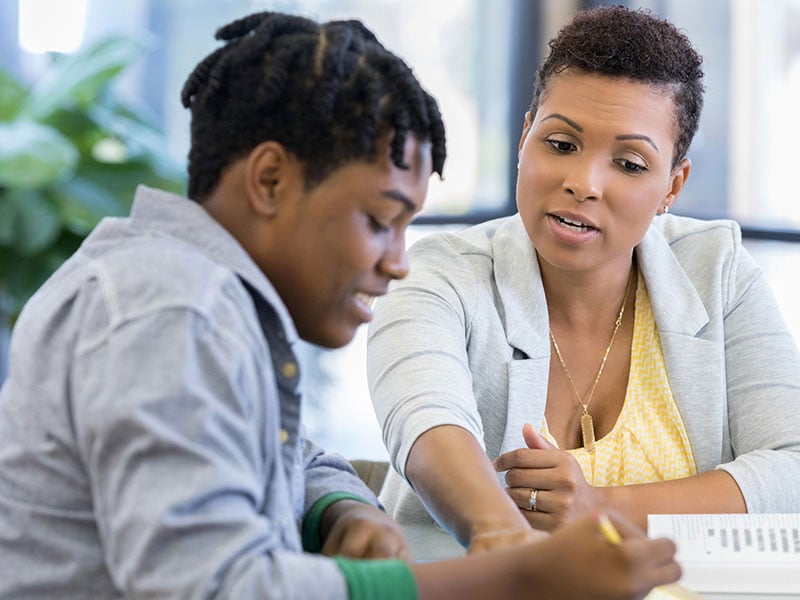Guidelines on Talking to Children and Youth about Consent
February 14, 2023
Dee Norton encourages you to consider how you can begin, or continue, talking about consent with children and youth in your life. When children understand consent, they can be empowered in their choices and boundaries, which may lessen their risk of harm.
Consent is an ongoing mutual agreement between two people. While many understand consent as “no means no” or “yes means yes”—this type of rhetoric can put the responsibility on one person to resist or accept an activity. Instead of framing consent as a response to someone else’s actions, think of consent as a mutual agreement between two people. Children who understand the importance of consent feel empowered to confidently make decisions about their bodies, are more likely to be comfortable talking to trusted adults about hard topics and know the importance of setting and respecting boundaries.
“We recommend that you begin having conversations with your children about consent at an early age and then continue to build on that foundation as your children develop,” says Beverly Hutchison, Executive Director for the Dee Norton Child Advocacy Center. “This strong foundation empowers your children to make choices about their bodies and teaches them to respect others’ boundaries.”
To support parents and caregivers, Dee Norton has compiled conversation starters and guidelines for conversations on consent with a child or youth in your life.
- Teach your child:
- “Your body belongs to you.”
- “No one should touch you without your permission.”
- “Only your trusted adults should touch your private parts – and only with your permission. No adult should ever ask you to touch their private parts.”
- “You will never be in trouble for saying no to being touched.”
- “We don’t keep secrets. Talk to me if someone made you uncomfortable or didn’t listen when you said no.”
- “Respecting someone’s boundaries shows that you care about them.
- Ways to ask your child for consent:
-
- “Would you like to sit on my lap or sit next to me while we read this book?”
- “May I have a hug goodbye today? We could also wave or high five.”
- “Would you like help getting dressed or would you like to do it on your own?”
-
- Ways to model consent:
- “You don’t want to hug today? No problem!”
- “I don’t want to be tickled right now. No thank you. Please give me space.”
- “When you’re done with that, may I have a turn?”
- Ways to teach your child to ask for consent with other children/youth:
- “Ask your friend if she’d like a hug, high five or not at all.”
- “A friend can say no in many ways. They may say “no” or they may cross their arms, look down or walk away. These are all ways people say no.”
- For teens, “Be direct and verbal in asking for consent. Someone cannot give consent if they are drunk or asleep.”


